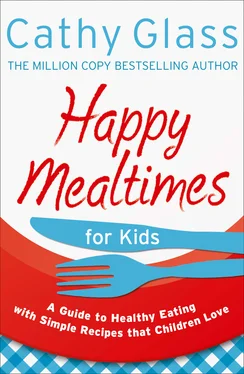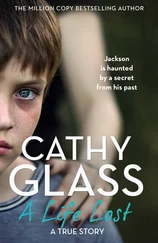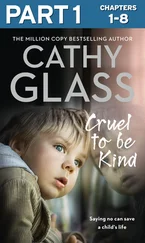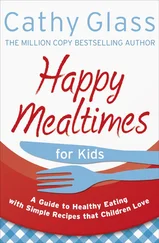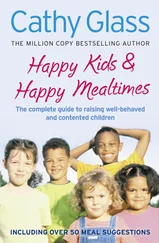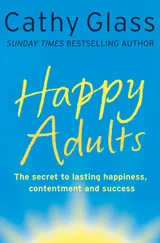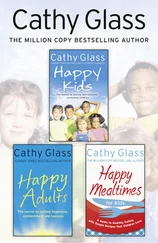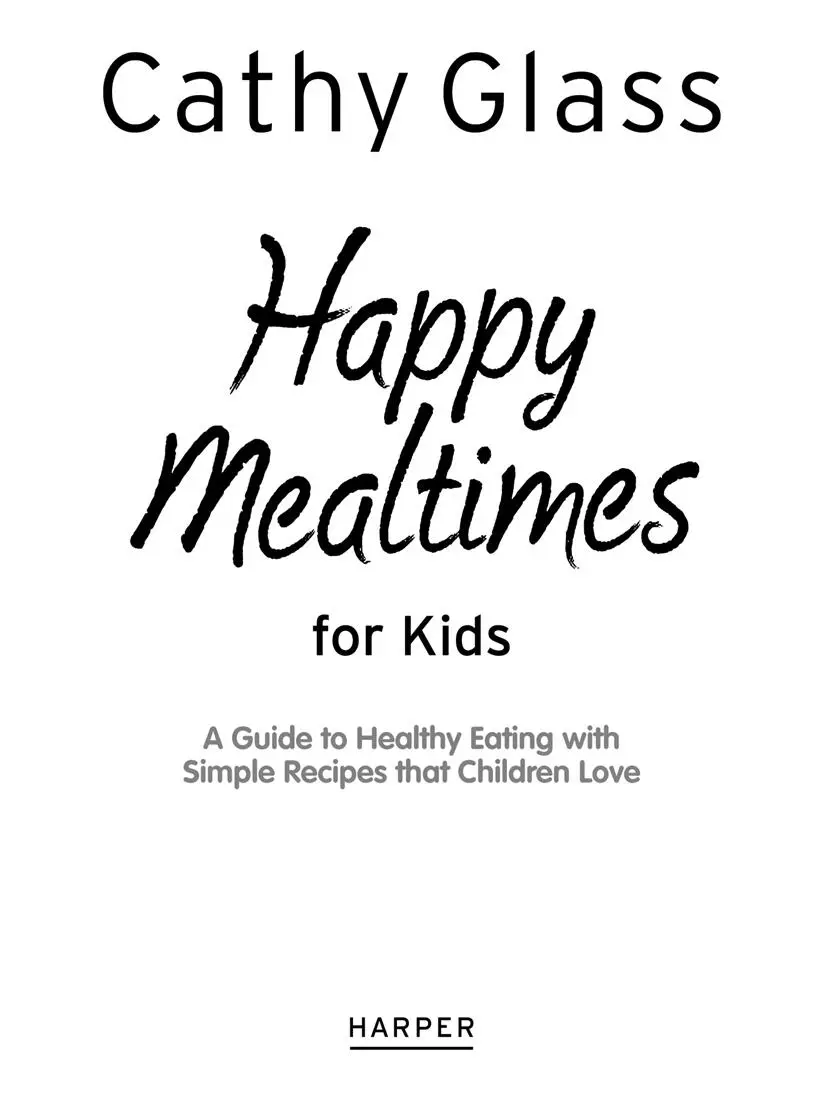
Copyright
An imprint of HarperCollins Publishers 1 London Bridge Street, London SE1 9GF
www.harpercollins.co.uk
First published by HarperCollins Publishers 2012
FIRST EDITION
© Cathy Glass 2012
A catalogue record of this book is available from the British Library
Cathy Glass asserts the moral right to be identified as the author of this work
All rights reserved under International and Pan-American Copyright Conventions. By payment of the required fees, you have been granted the non-exclusive, non-transferable right to access and read the text of this ebook on-screen. No part of this text may be reproduced, transmitted, down-loaded, decompiled, reverse engineered, or stored in or introduced into any information storage and retrieval system, in any form or by any means, whether electronic or mechanical, now known or hereinafter invented, without the express written permission of HarperCollins.
Source ISBN 9780007497485
Ebook Edition © September 2012 ISBN: 9780007497492
Version 2020-01-28
Contents
COVER
TITLE PAGE
COPYRIGHT
INTRODUCTION: WHY HAPPY MEALTIMES?
ONE: WHAT IS A BAD DIET FOR KIDS?
Diet and behaviour
Sugar
Caffeine
Food additives
TWO: WHAT IS A GOOD DIET FOR KIDS?
Calories
Ideal weight
Protein
Carbohydrates
Fibre
Fat
Vitamins and minerals
Fluid
THREE: MEALS AND EATING
The importance of mealtimes
Establishing good mealtimes
Food fussiness and refusal to eat
FOUR: BREAKFAST
Breakfast routine
Breakfast food
Drinks for breakfast
Quick breakfast ideas that kids love
Cereal
Toast
Bread rolls
Bagels
English muffins
Croissants
Fruit
Yoghurts
Smoothies
Cooked breakfasts
Full English breakfast
Omelette
Boiled egg with soldiers
Egg/sausage/tomatoes/baked beans/cheese/mushrooms on toast
Eggy bread
Welsh rarebit
Toasted sandwiches
Pancakes
Leftovers
School breakfast
Breakfast for adults
FIVE: LUNCH
School dinner
Packed lunch
Drinks for a packed lunch
Bread, wraps and rolls
Fillings
Pots
Little extra pots
Main meal pots
Other savouries for a lunch box
Packed lunch desserts
Lunch at home
Jacket potatoes
Kids’ hash
Egg in a nest
Stuffed pepper
Quick cauliflower cheese
Sausage and rice pan casserole
Soups
Potato and carrot soup
Lentil soup
Cream of mushroom soup
Pasta lunch
Cheesy pasta
Macaroni cheese
Tomato pasta
Pasta bake
Spaghetti
Tagliatelle
‘Toast lunch’
Toasted sandwiches
Kids’ kebabs
Bubble and squeak
All-day breakfast
Lunchtime desserts
Fruit
Smoothies
Yoghurt
Other lunch dessert ideas
Drinks at home
Convenience food for lunch
SIX: DINNER
Easy and popular main meals
Spaghetti bolognese
Cottage pie
Lasagne
Toad in the hole
Onion gravy
Curry
Plain naan
Casseroles and hot pots
Meat and vegetable casserole
Vegetable casserole
Hot pot
Fish and sweetcorn pie
Stir-fries
Simple stir-fry
Simple stir-fry sauce
Beef and baby sweetcorn stir-fry
Honeyed chicken and noodle stir-fry
Other stir-fry ideas
Meat and two veg
Roasting meat
Braising meat
Stewing meat
Grilling meat
Frying meat
Puddings
Apple crumble
Bread and butter pudding
Fruit pie
Rice pudding
Bread pudding
Sponge pudding
Cake in custard
Banana and honey whip
Cheesecake
Trifle
Convenience food for dinner
SEVEN: HAPPY SNACKS
CONCLUSION
ACKNOWLEDGEMENTS
ABOUT THE AUTHOR
CATHY GLASS
ABOUT THE PUBLISHER
Introduction: Why happy mealtimes?
I am a foster carer, and as well as bringing up three children of my own, I have looked after other people’s children for over twenty-five years. Some of those children stayed with me for a few days, while others stayed for years. The reasons why children come into care vary – from a single parent having to go into hospital for a night, to a child being badly neglected and abused. While some of the children I’ve fostered had received adequate diets at home, the vast majority – over 95 per cent – had not, resulting in the children being under- or overweight, short in stature, with dull skin and hair, lacking energy, and often having difficulties in concentrating and therefore being behind with their learning.
One of the first changes I have to make when a child comes to live with me is to their diet, and they are often resistant to change. When the children have been used to snacking on whatever was to hand – usually crisps and biscuits – not only do I have to wean them on to ‘proper’ food but also I have to introduce them to mealtimes rather than having snacks in front of the television. Highly processed food – usually the only food they have known – is often visually attractive and easy to eat (requiring hardly any chewing), but it has few nutrients and addictive amounts of salt and sugar. I have to win the children over to a healthier way of eating as well as providing meals that the whole family enjoys, and like most busy parents I don’t have much time. I have therefore become adept at producing simple nutritious meals that are easy to make and which kids of all ages will love. In this book I share my recipes, together with some important food facts. I hope you find it useful. Bon appétit .
CHAPTER ONE
What is a bad diet for kids?
No food is actually ‘bad’ for a child, unless it is poisonous or the child is allergic to it, or is on a restrictive diet, but some foods become ‘bad’ because of the quantity in which they are eaten. A poor diet is usually high in sugar and fat, low in protein, and lacking in vitamins and minerals. So, for example, a packet of crisps in a lunch box alongside a sandwich containing protein (such as meat, fish or eggs) and a piece of fruit is fine, but four packets of crisps a day are not, especially when they replace a meal. Likewise a piece of chocolate or a cup cake in addition to a main meal is acceptable, but chocolate and cake regularly eaten in large quantities are not. Crisps, chocolate and most heavily processed snack foods are high in calories, salt, sugar and fat, and low in nutrients, so must be eaten in moderation.
You may find it incredible that a child could ever be given chocolate or crisps instead of a meal, but many of the children I have fostered had been used to substituting this type of food for meals before they came into care. Breakfast, often bought from the corner shop and eaten on the way to school, would be a chocolate bar, or a bag of crisps and a can of fizzy drink, while the evening meal would be whatever the child could find in the cupboard, and very likely sugar-laden cereal and a packet of biscuits. Often the only ‘proper’ meal a child had, therefore, was the free school dinner from Monday to Friday. While this type of eating applies to the minority, many children from good homes are overweight and lack essential vitamins and minerals simply because their diets are too high in processed foods. These are attractively packaged and sold to us through advertising on the television. How many of us as parents have given in to our child’s pestering in the supermarket and bought a ridiculously expensive, attractively packaged (sugar-laden) cereal because our child had seen it advertised? I’ll admit I have.
Читать дальше
